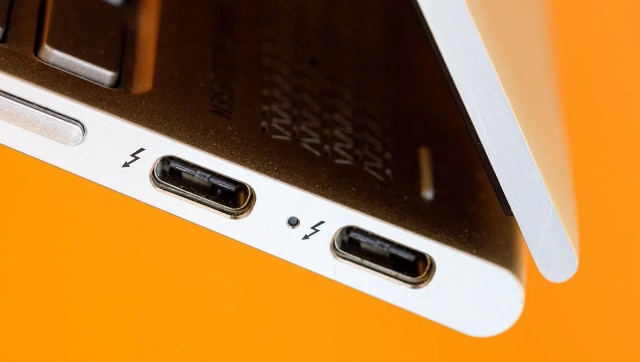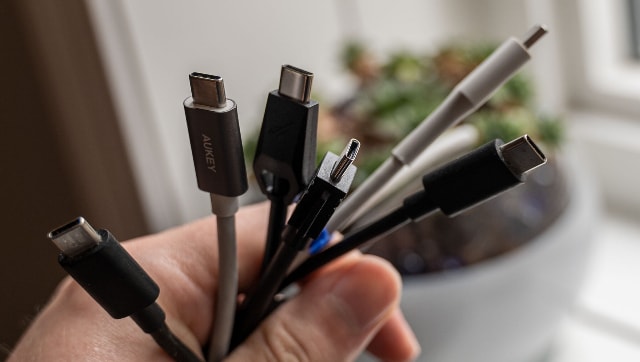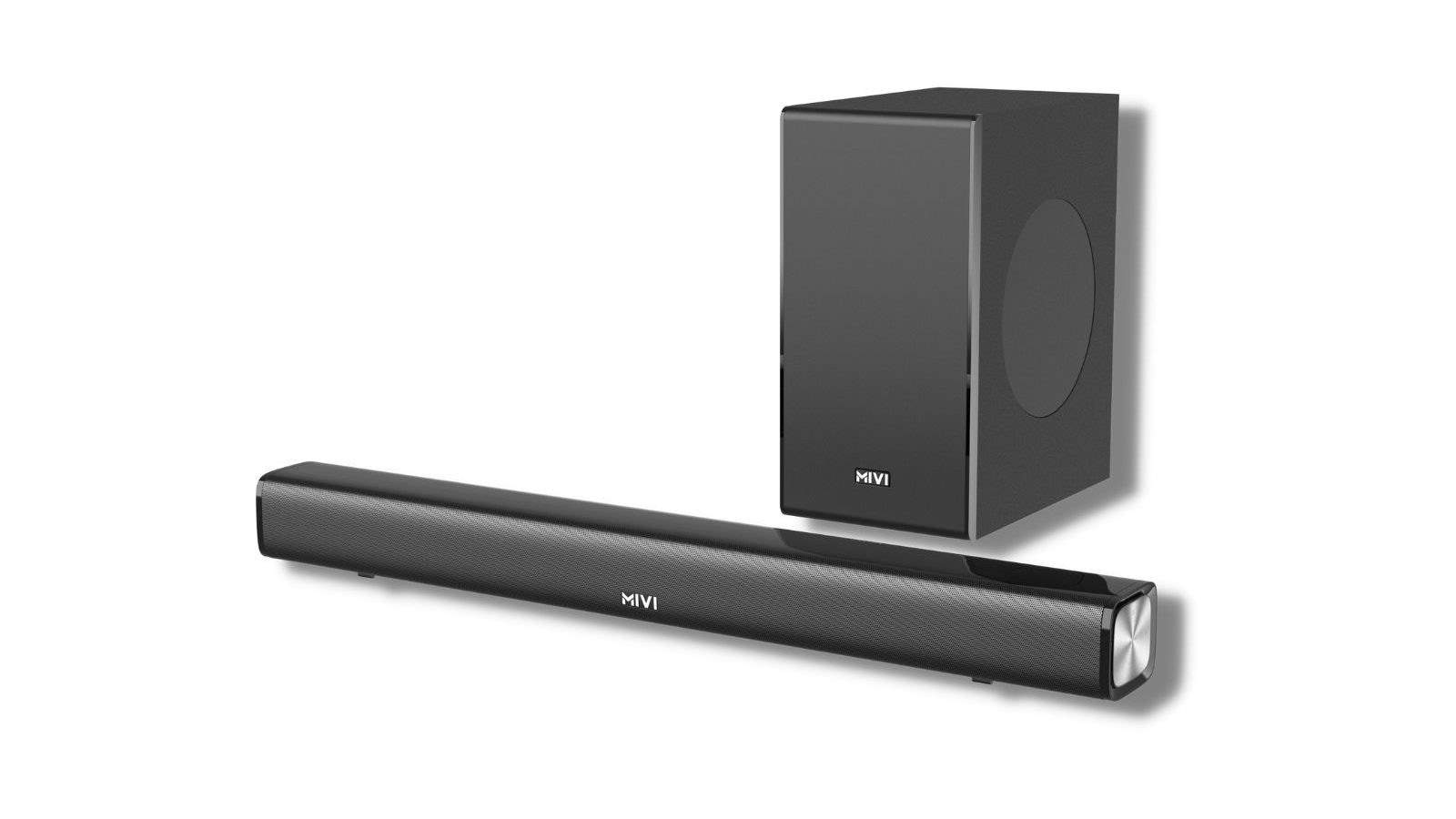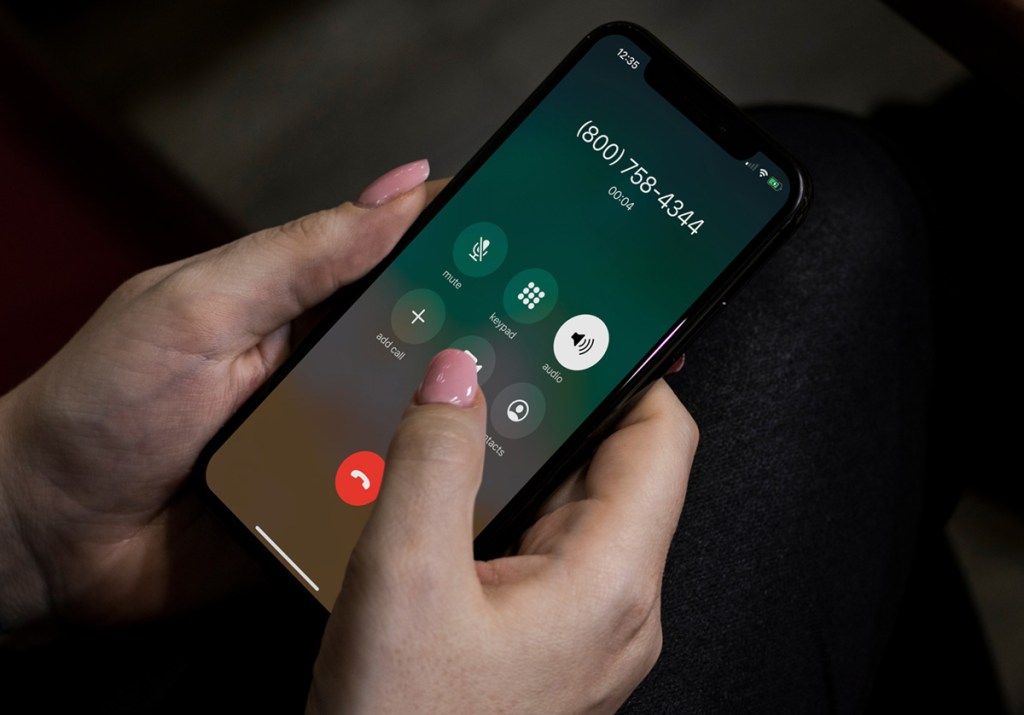Mehul Ruben Das05 Oct 2022 10:57:57 IST
The European Union’s decision to finally implement a common policy on chargers for smartphones, tablets, cameras and laptops is a step in the right direction. However, the legislation should have far-reaching implications for a number of products. The legislation could also prompt other countries to come up with similar policies.
The EU’s mandate to use USB-C even in low-power devices like keyboards and mice could spell the death of USB-A. | Image credit: Unsplash
Several other countries are also considering whether they should take a page from the EU’s playbook and have a single charging port as standard. India, for example, is considering a policy similar to that of the EUin which we will have a common charger for devices across the spectrum
While the smartphone industry is already well equipped to implement this new policy, except Apple, which continues to insist that the Lightning Port is the best way to charge iPhones, laptop manufacturers will probably have a hard time implementing this policy quickly.
While there are laptops that support USB-C power delivery and can be charged via a Type-C port, almost all laptop brands insist on using proprietary connectors. Apple, for example, uses MagSafe connectors. HP, on the other hand, uses a thin pin-like connector. Dell and Lenovo use a rounder and thicker connector.

Some laptops have started offering USB-C only for charging with premium products. But mid-range and budget-class laptops still charge better from the proprietary port. | Image credit: Pexels
Laptop manufacturers need to come up with better power solutions for their USB-C ports, which is why the EU has set a 2026 deadline for laptops. Meanwhile, customers who have laptops now may need to consider investing in good, reliable dongles if they want to continue using their current chargers well into the future.
It also gives laptop manufacturers a great excuse to persuade their customers to upgrade their devices early, or at the very least, buy new USB-C-based chargers compatible with their laptops.
Another ramification of that new policy will have on the accessories industry. Devices like keyboards, mice, webcams, etc. don’t need the extra bandwidth or power that USB-C delivers, and they work just fine with USB-A. Now that these devices must use USB-C, prices for mice, keyboards, and other computer accessories are likely to rise slightly. Or so we hope.
This also brings us to another problem. Most laptops and desktops barely have more than two or three USB-C ports. Budget motherboards rarely have more than two Type-C ports. With the growing number of devices that will use the Type-C port, motherboard manufacturers will have to rethink the way they implement chipsets.
This could potentially spell the death of USB-A. Got an old external hard drive that uses USB-A? There is a good chance that you may have to deal with a lot of headaches in the future just to connect it to your new laptop or desktop computer.
In the short term, e-waste may increase, especially as more and more people start investing in products and chargers that use USB-C as a charging standard. There will also be issues with legacy USB devices unless people want to invest in good converters and dongles. However, in the long run, having USB-C will not only be good for the environment, but also much more convenient for end users.
https://www.firstpost.com/tech/news-analysis/eus-usb-c-mandate-other-countries-may-follow-suit-but-ramifications-go-beyond-smartphones-and-tablets-11389741.html






